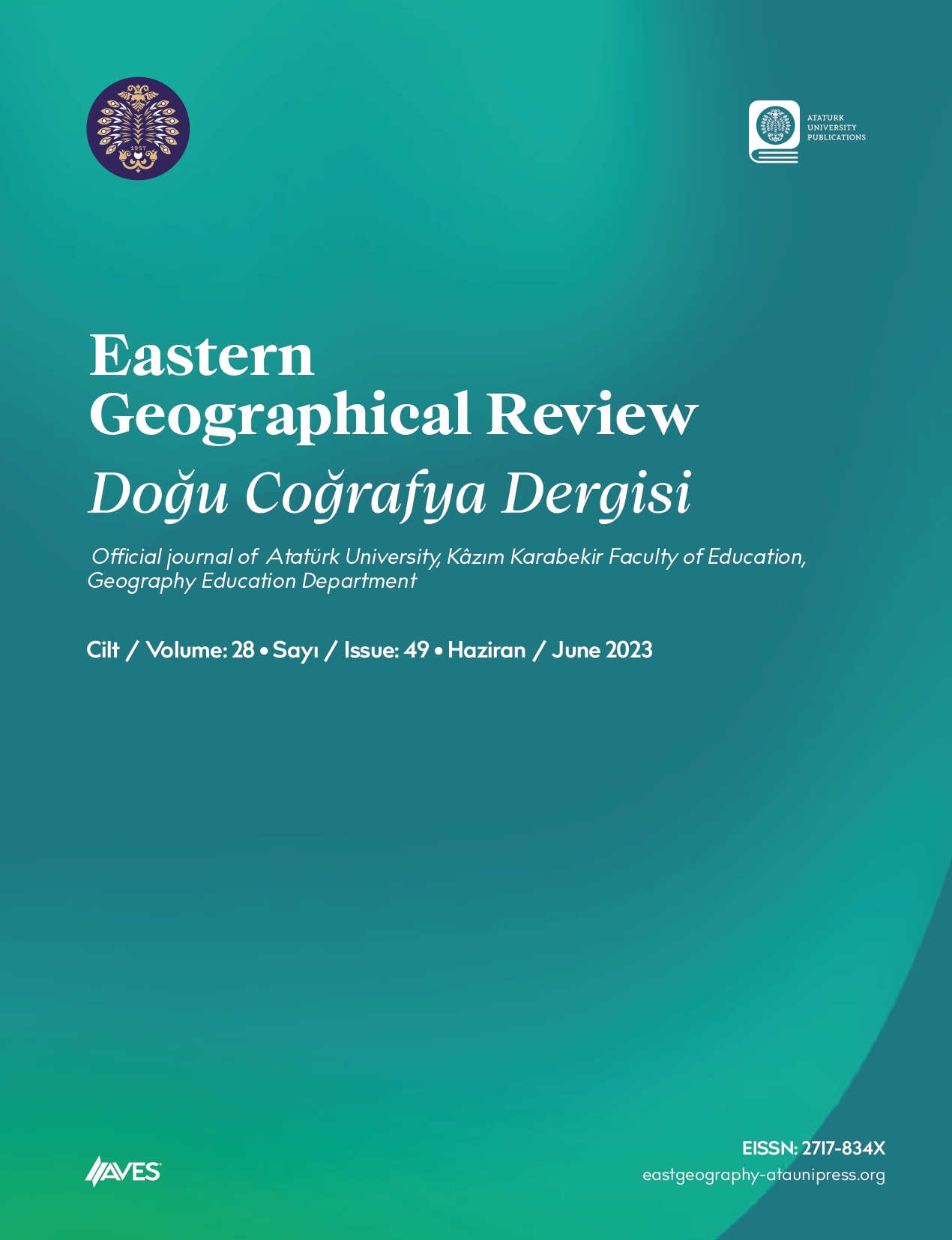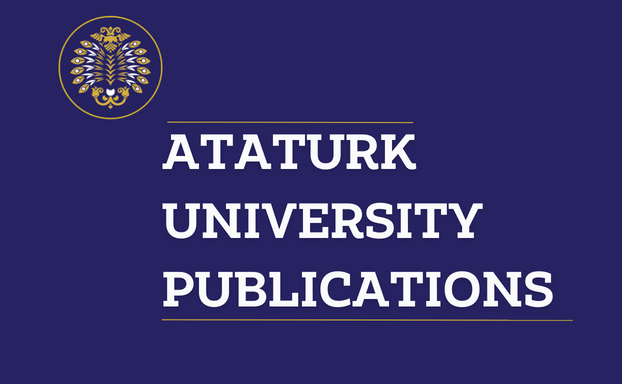The thermal comfort level in the outdoor environment is of great importance for human well-being and health. Especially with climate change and the increase in heat stress in cities, the importance of outdoor thermal comfort is gradually increasing. In cases where thermal comfort cannot be provided, people are faced with many problems (decrease in well-being, decrease in physical performance, and fatigue). In this study, it is aimed to examine the outdoor thermal comfort conditions in the central district of Bilecik. For this purpose, temperature, wind speed, and relative humidity data for the 1960–2021 observation period obtained from the Bilecik Meteorology Directorate are used. Physiological equivalent temperature index was preferred in order to determine the bioclimatic comfort properties in the central district of Bilecik. Rayman model is used to calculate monthly physiological equivalent temperature values in the study area. As a result of the physiological equivalent temperature index analysis, it is determined that thermal comfort varies throughout the year, and thermal comfort is at an optimal level only in May (20.1°C). It is determined that 8.4% of the year is comfortable in terms of bioclimatic. In seasonal averages, there is no season directly in the “comfortable” class. The closest seasons to the period that can be considered comfortable are the spring and autumn seasons.
Cite this article as: Menteşe, S., & Koca, S. (2023). Examinitation of outdoor thermal comfort levels of Bilecik Center District. Eastern Geographical Review, May 25, 2023. DOI: 10.5152/EGJ.2023.22024.

.png)

.png)



